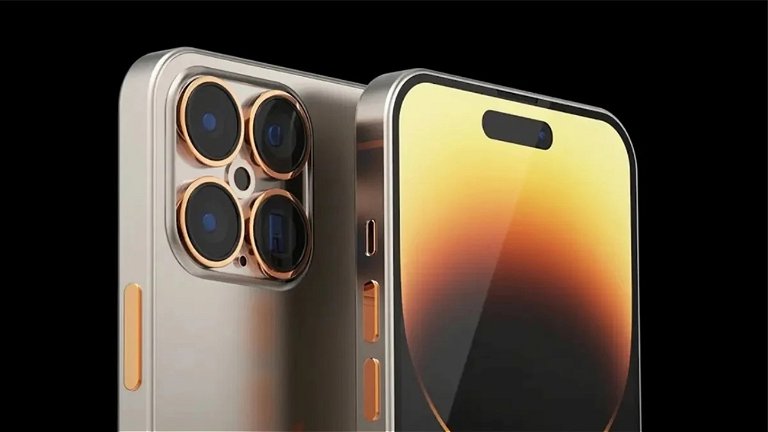
The iPhone 17 Pro Max will be the first iPhone to have all three lenses of its 48 MP photographic system. This change will come after the iPhone 16 Pro incorporates a 48 MP ultra-wide-angle lens. This means that the telephoto lens in the 2025 Pro Max model will be much better than the current 12MP one.
As analyst Ming-Chi Kuo indicated in his latest note to investors, the key specification would change to a 48 MP 1/2.6″ CIS sensor, compared to the 12 MP 1/3.1″ sensor expected to be used in this year’s iPhone 16 Pro models.
Both Pro models will have the same telephoto lens, but the difference will be in the quality
The iPhone 16 Pro series will have up to 5x 12 MP telephoto lens. This camera feature will no longer be exclusive to the Pro Max model this year; however, there will be a difference from 2025. Although both Pro models will feature the quadprism camera, it will be the Pro Max model that will have a 48 MP lens.
While there’s a good chance that this small differentiation will exist in 2025, it’s still possible that won’t be the case and that the iPhone 17 Pro will also have the 48MP quadprism lens. If this difference exists, Kuo expects it to disappear in 2026 with the launch of the iPhone 18 Pro.
Ming-Chi Kuo also confirms the rumor that surfaced a few months ago, pointing out that the iPhone 17 Pro Max will have all three 48 MP lenses. This change would significantly improve the quality of photographs taken with the device, not only with the main lens, but also with the ultra-wide-angle lens and the telephoto lens.
We already know other new features of the iPhone 17, such as a 24 MP front camera, the arrival of the always-on screen and ProMotion to the base models, Face ID under the screen, A19 processor built in 2 nanometers and its own chip for Wi-Fi connection.

Comments